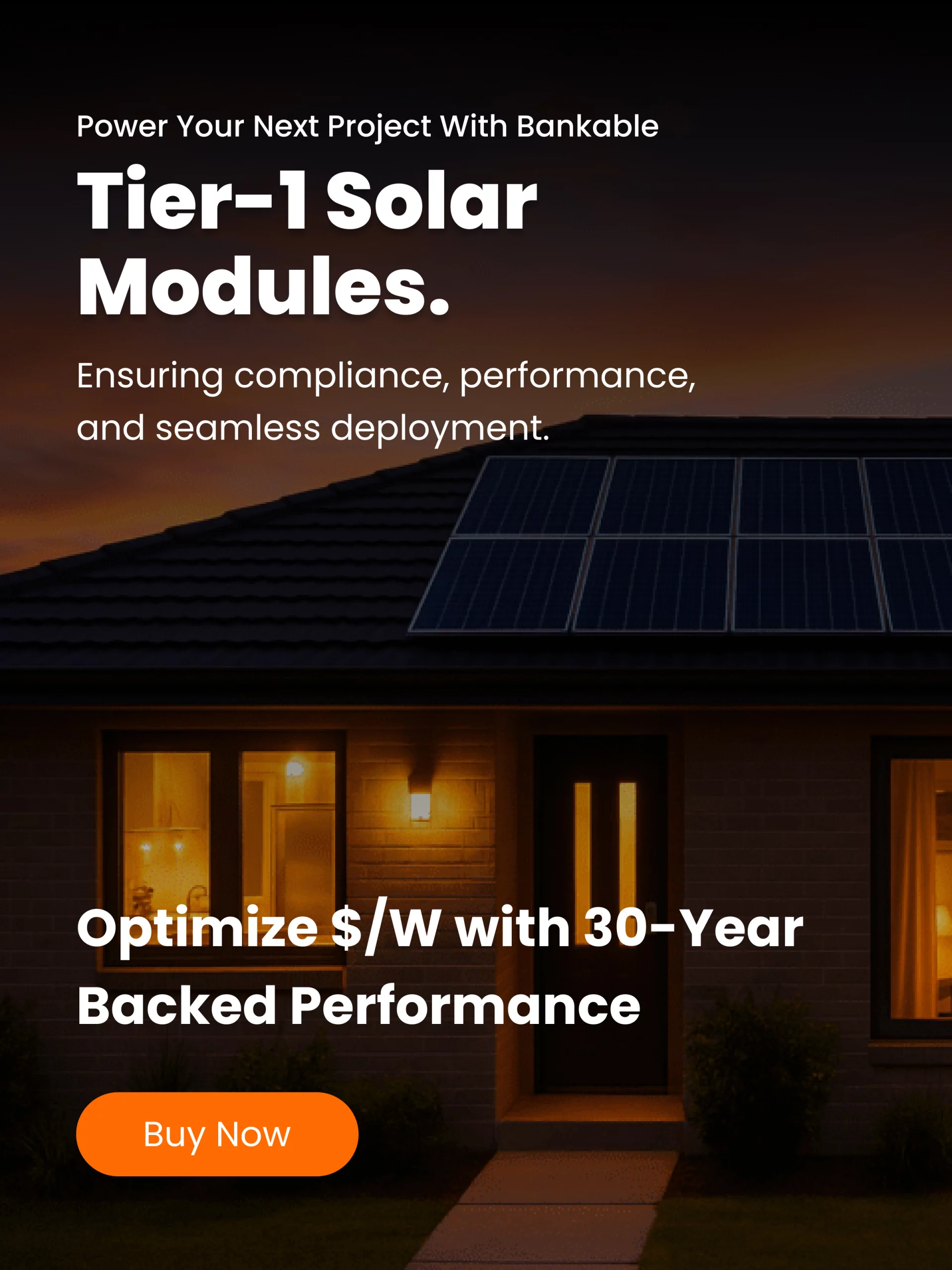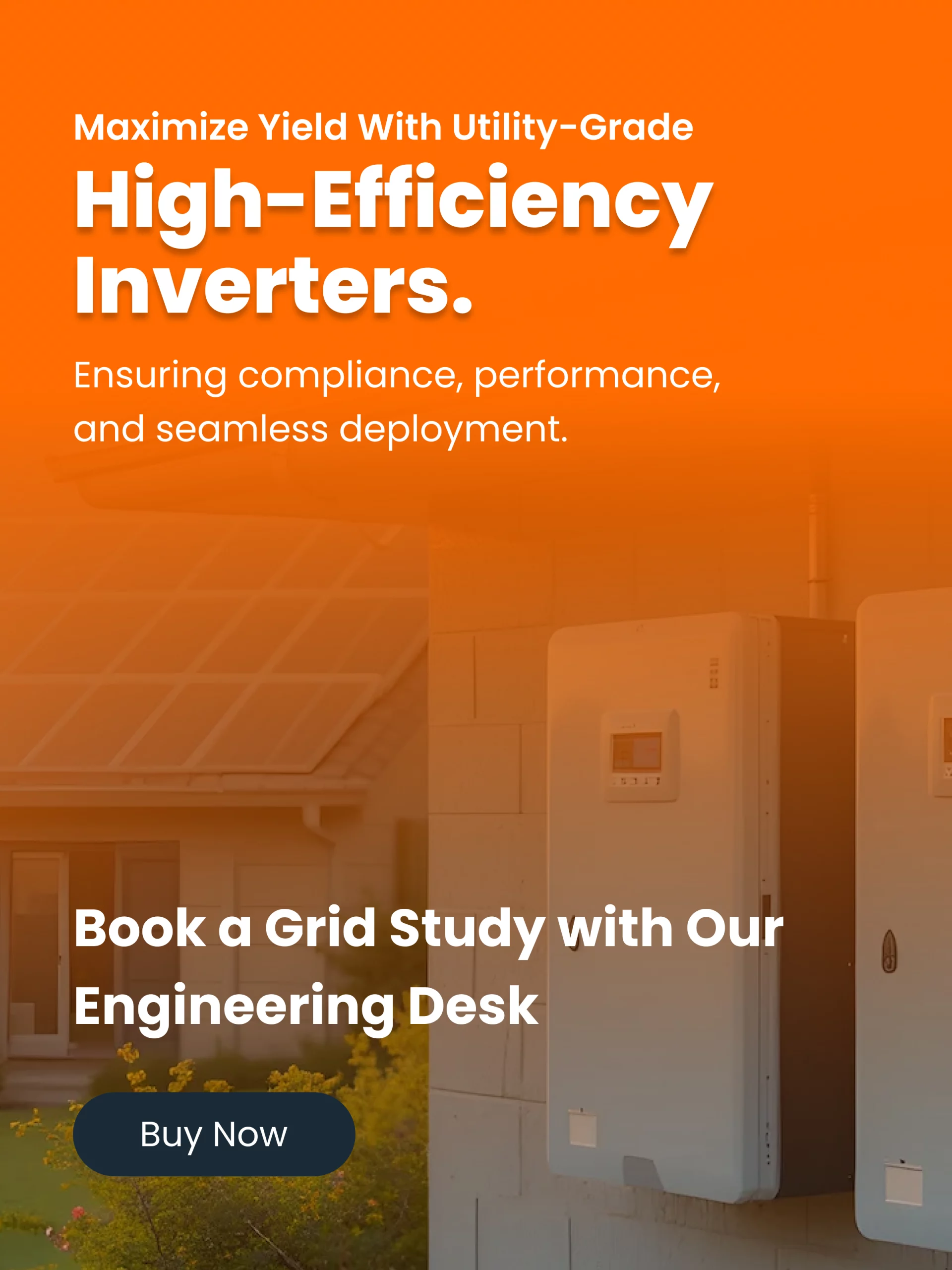Solar installation with multiple panels arranged on racks to capture sunlight for energy generation. Solar installation involves more than just placing panels on a roof. It is the process of designing and building a complete solar energy system – from photovoltaic modules to wiring, inverters, batteries, and monitoring devices. In a well-designed system, panels capture sunlight, inverters convert the generated DC power to AC, batteries store excess energy, and balance-of-system (BOS) components (wiring, mounting, disconnects, etc.) tie it all together. Each piece must be engineered to work together.
A professional solar installer will first assess your site conditions. This includes measuring roof space, checking orientation to the sun, analyzing shading, and reviewing your energy needs. Using this information, they create a custom system design. The goal is to maximize electricity production and savings given your constraints. For example, an installer might use solar-design software to optimize panel layout and predict output based on local climate data. This step helps homeowners understand how many panels they need and how much power the system will generate.
Once designed, the installation team handles mounting and wiring. Typical rooftops installations take 1–2 days to complete. The crew will install racking or mounts, fix the solar panels in place, and run electrical conduits. String inverters are usually mounted near the panels or at ground level to minimize wiring losses. If batteries are included (for backup or self-consumption), these are installed on a wall or in a mechanical room. Finally, the system is connected to your electrical panel and the utility grid.
Components of the Solar System
- Solar Panels: These are rated by wattage and efficiency. High-quality panels last 25+ years and degrade slowly, ensuring steady output over time.
- Inverters: These convert the DC electricity from panels into AC electricity that home appliances use. Inverters are critical for system performance and safety.
- Batteries: If included, batteries (usually lithium-ion) store extra solar power. They provide power during night time or outages and help you become more energy independent.
- Mounting Hardware: Rails, bolts, and brackets securely attach panels to your roof or ground structure. Robust mounting is essential for wind and weather durability.
- Balance of System (BOS): This includes cables, conduits, disconnect switches, fuses, and monitoring systems. These ensure safe operation and allow for system monitoring.
Each component must be sized and matched correctly. For instance, an inverter must handle the total panel output, and batteries must be large enough to meet desired backup needs. Installers often provide equipment options; some brands focus on premium panels, while others offer budget-friendly models. Sunhub’s platform helps installers compare and source products – it catalogs thousands of panels, inverters, and batteries from various manufacturers, helping them pick the best fit for each project.
Designing for Maximum Savings
A key part of installation planning is understanding cost versus benefit. A system can be designed for maximum power output, or to exactly meet daytime load with minimal extra. Installers balance these considerations. They also consider financial factors: many customers use all available incentives (tax credits, local rebates) to lower costs. As one guide notes, getting solar panels on your home can be a tax break – the federal tax credit (30% of cost) is a major incentive if you install it in time.
Proper design includes permitting and interconnection: the installer will submit plans to the city/county and the utility for approval. Working with an experienced team ensures all technical details and safety codes (like UL listings and NEC wiring standards) are met. After approval, the installer schedules the final hookup. Once the utility gives “permission to operate,” your system starts producing power.
Working with Installers and Experts
When choosing a solar installation company, consider their expertise and track record. A good solar company will provide references and certifications. Some are local, others national, but all should be knowledgeable about local regulations and grid requirements. According to industry advice, it’s wise to check reviews and see if the installer has completed similar projects. Also, look for companies that do their own installations rather than subcontracting, to ensure accountability.
Partnering with a solar energy expert often pays off: experts can advise on system sizing, warranty coverage, and finance options. They can suggest whether to add a battery backup, use microinverters or string inverters, or include EV charging. Thanks to Sunhub’s marketplace model, even installers can tap into expert resources – for instance, they can easily find advanced microinverters or high-capacity batteries on Sunhub, which may not be available through traditional wholesalers.
System Costs and Payback
The cost of a solar installation depends on many factors. Major influences include system size (kW), panel type (efficiency and brand), inverter choice, and whether batteries are included. Generally, residential systems in the U.S. average around $2.50–$3.50 per watt before incentives. Batteries can add substantially (often doubling the budget if going all-out). However, the long-term savings can justify these costs.
Calculating payback involves comparing system cost to your expected energy savings. In many cases, higher equipment costs (premium panels or additional batteries) yield higher returns. For example, investing in a larger inverter for better scalability or adding battery storage increases upfront cost but can allow you to avoid costly generator use or peak utility rates. On the other hand, adding more panels beyond what your home typically uses yields diminishing returns unless you have net metering or storage.
Financially, a well-designed solar system often pays off in around 6–10 years, after which the electricity is essentially free. Factors that speed up payback include high electric rates, ample sunshine, and generous incentives. Being strategic about installation timing (to lock in the full ITC, for example) also improves ROI. Utilities or third-party “project calculators” can estimate savings; installers often use these to show clients projected payback.
Why Sunhub?
Sunhub offers unique support to both installers and customers. As a marketplace, it aggregates equipment choices and connects buyers with sellers nationwide. This means homeowners looking to “buy solar panels” or “find solar batteries” can access a broad catalog. More importantly, installers can source everything – solar panels, inverters, batteries, racks, cables – in one place. This integrated approach helps reduce project delays and can lower procurement costs.
By using Sunhub, installers may save on component costs and pass those savings to customers, or provide higher-end equipment at competitive prices. For customers, knowing that an installer sourced parts via Sunhub implies that parts came from vetted suppliers across the U.S. In essence, Sunhub’s platform streamlines solar installation projects by ensuring all necessary solar energy services and supplies (from panels to BOS parts) are readily available.
Installing solar power is a major home upgrade. With professional design, quality components, and proper installation, you get clean energy and financial returns for decades. Whether you’re interested in basic solar panel installation or a full system with storage, understanding the equipment and process is key. Platforms like Sunhub are making it easier than ever to assemble a complete, high-performing solar system – helping more homeowners go solar with confidence.




